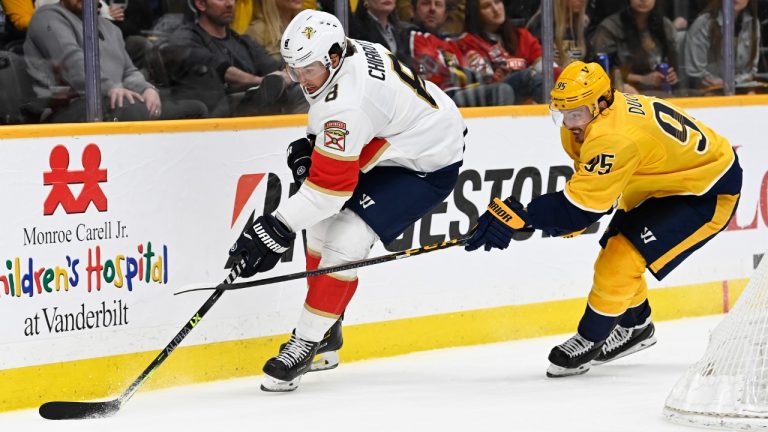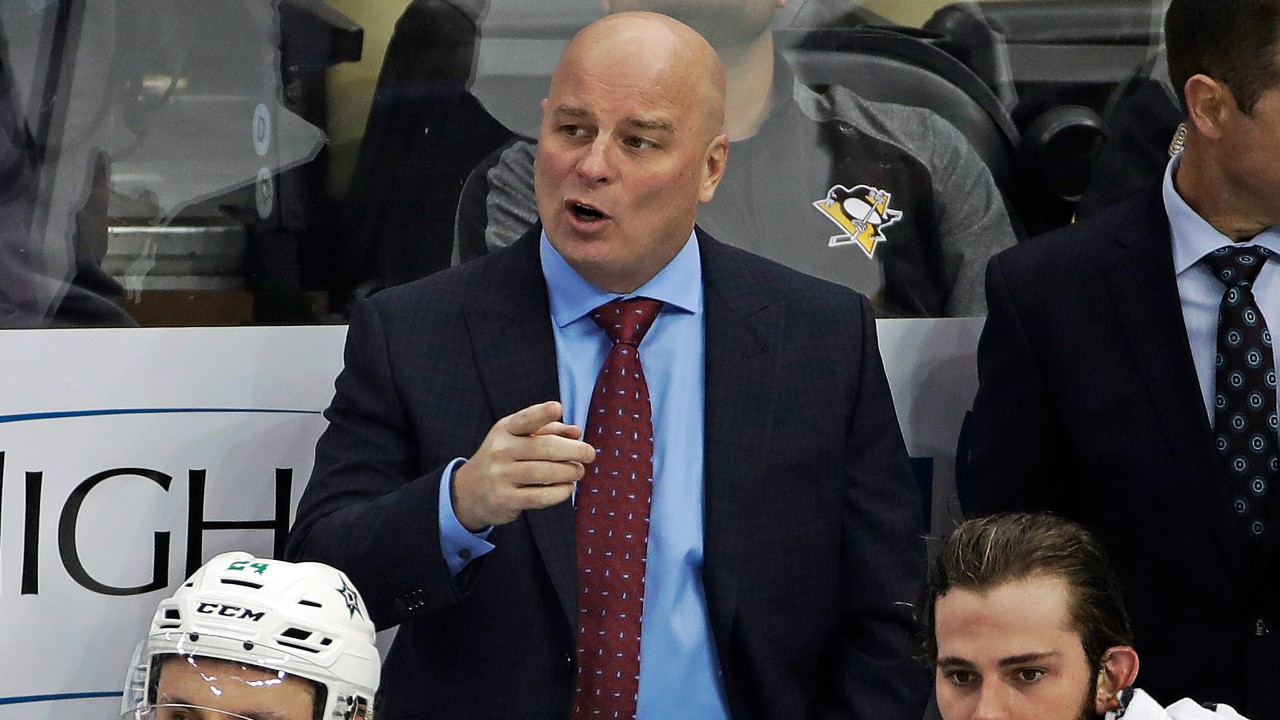Free agency is tricky. It gives a team an opportunity to improve but it comes at a cost. Sometimes too steep of a cost to sway a player to join their squad, whether it’s in dollars, term or trade clauses.
So while we’ve looked at bargain options on expiring contracts, as well as those up for a raise, up next the focus is going to be on those who could be on the overpriced side.
It’s not as simple as saying these players shouldn’t be signed, or that they haven’t earned raises at all — though that obviously could be the case for some pending free agents. But some of these players are prime candidates to slide into overpaid territory with their next club.
Let’s kick this off with the whipping boy of the hockey analytics community, Chiarot.
It’s not to say the defender doesn’t have value in this league; he blocks shocks, checks opponents off the puck with his physical play, and recovers loose pucks back in his own zone, especially when his goaltender allows a rebound. The problem is that general managers have overvalued that — just look at the return from the Panthers at the trade deadline and then look at his performance with Florida.
This past post-season was just a small snippet of his career to this point, but it was telling how many shots and quality chances were generated against the Panthers while he was on the ice at even strength. That’s the other half of Chiarot that a signing team needs to consider, and it extends past one playoff run. He is the physical, defensive player that general managers tend to flock to, but there’s legitimate drawbacks to his game that show why a team shouldn’t invest too much.
How much might a team invest in him? According to Evolving-Hockey, the 31-year-old projects to a four-year contract with a $5.46 million cap hit. And that seems like a deal that could easily be regrettable if some term or cap can’t be skimmed off the top.
Stanley Cup rings tend to lead to raises. A stint in Colorado may have boosted Manson’s value around the league after he started to decline on a struggling quad of Young Ducks. Even though some of his on-ice metrics slid downward, the defenceman still played to some of his strengths.
At even strength, he can be counted on to make key defensive plays in the neutral zone and deny entry over the blue line. Manson limits the number of scoring chances opponents generate past him off the rush. The defender blocks passes and shots at 5-on-5 and on the penalty kill, and can get to loose pucks while short-handed to take some pressure off his team. His physical play only adds to the hard-nosed, tough-to-play-against style that he embodies.
During Manson’s time in Colorado, he was a match with Sam Girard because of his skating and puck-moving abilities. At even strength, they earned a 57 per cent expected goal rate. That’s something his signing team has to be aware of if they want him at his best and not hope he can just be a shutdown pair with a one-dimensional partner.
The other part to be mindful of when signing Manson to his next contract is how it will age. Aging curves tell us players tend to decline in their 30s (Manson will be 31 around puck drop on the next season), so anything with too lenghty of a term could be problematic — especially for a player whose level has slipped over the last few years. A team has to isolate how much of that was his game trending down and how much was influenced by his surroundings; if it’s the former then the later years of his next deal may get dicey.
Evolving-Hockey has Manson at a four-year contract with a $4.05 average annual value; that's not too far off from his deal that’s currently expiring. It could be manageable throughout but this could be a deal that ends up biting a signing team if it goes much higher than that because of the hardware he just picked up with Colorado.
Lastly, let’s shift to offence. Strome could come in at a team-friendly deal, especially if he sticks with the Rangers where he revitalized his career after his value dropped with the Islanders and then the Oilers.
But if he hits the open market, and a team is swaying him away from New York, it probably comes at a heightened price.
It’s not to say that Strome can’t be effective on another squad. It’s not Rangers or bust for the centre. The right-handed shooter has been trusted in all situations, really at all moments of a game in New York. Maybe he’s not the player to count on to carry play up the ice, but he can make plays in the offensive zone to build on his linemate’s transitional efforts. Strome can both set up his teammates with quality passes or be the recipient of a crafty pass. A playmaker has obviously been a match for him these last few years, but a dual threat doesn’t hurt on his wing, either.
Now let’s get back to that heightened price. Evolving-Hockey projects a seven-year deal with an average annual value of $7.15 million. Even if he takes fewer years, his cap hit could still stay in the high-six and early-seven range. That’s taking a gamble on a player who has thrived alongside Artemi Panarin and hasn’t had much time to show what he can do without him. And a signing team obviously isn’t adding his elite winger and having the dynamic duo to count on.
So if a general manager opens their chequebook for Strome, they have to be sure of what they’re getting and determine if he’s worth the lofty cap hit it would take to sign elsewhere. If that squad has a high-end winger they intend to pair with Strome, the conversation shifts because there’s the confidence that this centre can keep up with that calibre linemate. Without it, it’s banking on a player who may not be able to deliver to the heights of the signing in the long term.
Data via Sportlogiq, CapFriendly, and Evolving-Hockey








COMMENTS
When submitting content, please abide by our submission guidelines, and avoid posting profanity, personal attacks or harassment. Should you violate our submissions guidelines, we reserve the right to remove your comments and block your account. Sportsnet reserves the right to close a story’s comment section at any time.